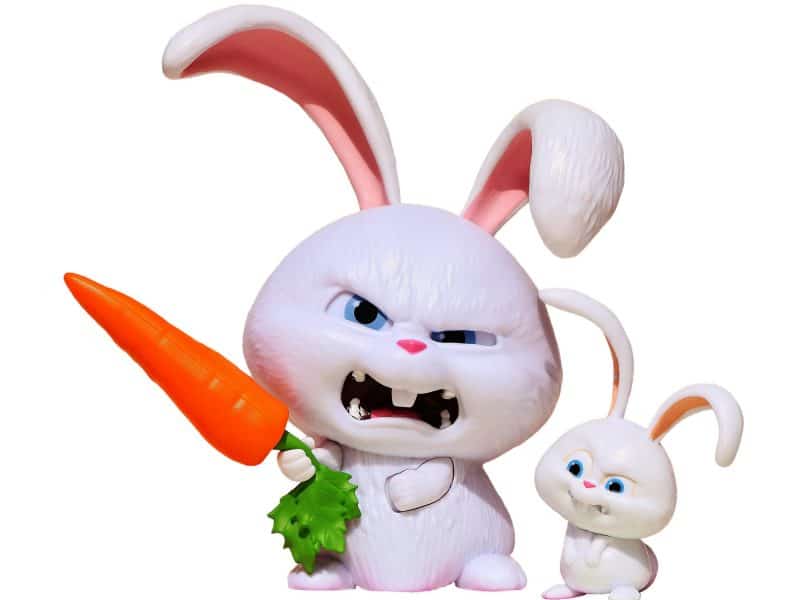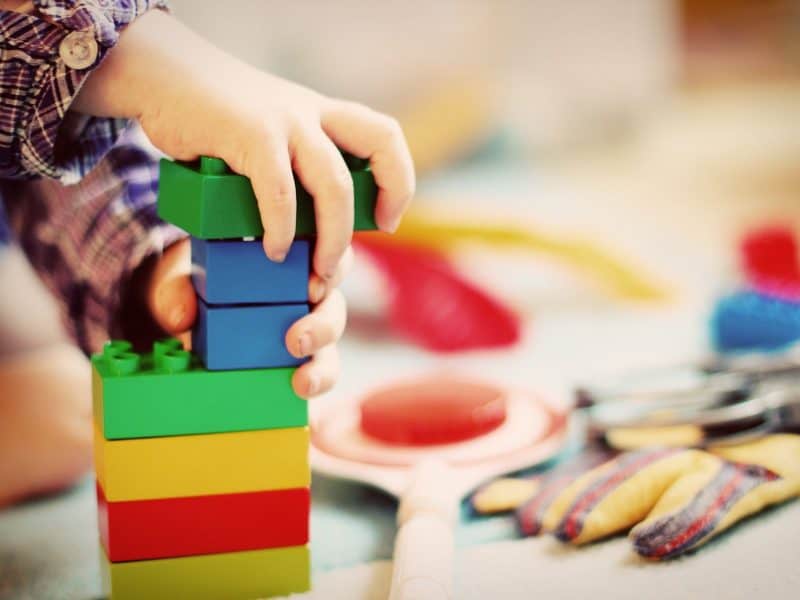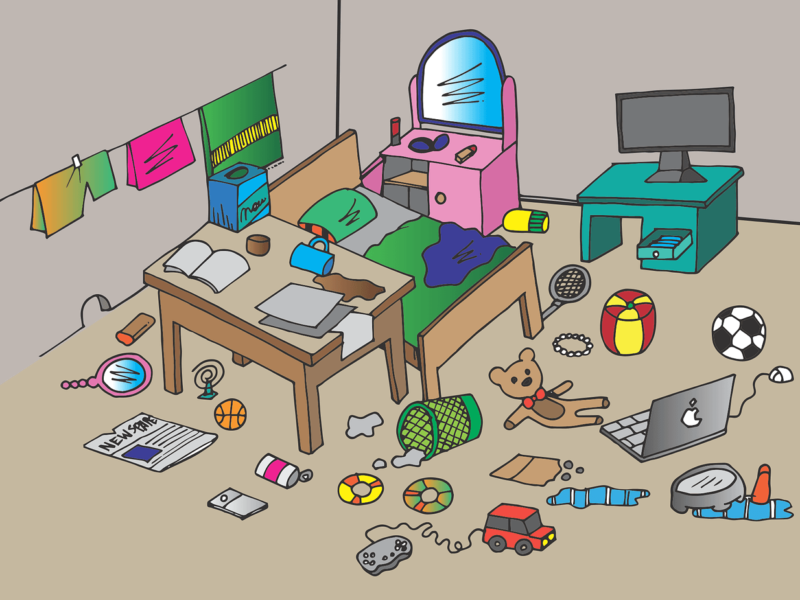There is something disturbingly eerie about a pile of plastic toys discarded at the recycling yard or half buried in the landfill sites. If on the way to their inevitable end they pass through the charity shops there is a chance that they may be played with again for a short time?
Plastic toys don’t age well, they lose their shine, their colours change (and not in a good way) and they become brittle. They don’t look enticing, just rather – soulless.

There has been animated discussion recently on Mums Net and other social media networks, and amongst parents, about “The Most Hated Toys” (must be something to do with the count down to Christmas). Without exception the most hated were all plastic and the complaints were that they were poorly made, failed to last, failed to function properly and – most telling – the child quickly lost interest in them.
Our children have an almost limitless choice when it comes to toys and games, but trying to avoid licensed or branded character toys, toys with a computer or batteries and the choice is dramatically reduced. Recognising the poor quality of design and construction and the decreasing play time value of modern toys The Slow Toy Movement has been gathering strength and now holds an annual awards ceremony for toys that meet the criteria of “real toys” that are well made and inspire imagination and creativity.
Playtime and imaginative play is such a precious, priceless part of childhood and toys in which the child invests hours of imaginative play become a firm favourite.
The toy they cuddle, talk to, play “pretend” games with and want to take away with them is very often the toy they keep after childhood. The toys which hold the longest play value, that are not a passing fad are the toys which provide the greatest benefit to the child.
Do you have a much loved doll, teddy bear, railway set, farmyard or bedside lamp that you can’t, somehow, quite, throw away? What did you keep?
I have pondered long and hard about why wooden toys have such an appeal for children and adults. Why do they engage children so much more and are more often the toy that is kept, or remembered fondly. Some points could be that
They are simple which leaves the child free to use the toy with their own imagination, not play within the confines of the toy creator’s imagination. There are no electric sounds, voices, flashing lights and predictable actions and responses. In terms of play value the more complicated and ready programmed a toy the less the child needs to use their own creativity.
They are tactile and warm, – wood is. As it ages, unlike plastic, the wooden toy develops a patina, evidence of the love and play. Wood shows the history of use, the teeth marks, scratches and rubs that are endearing and invariable raise a smile in the adult and an “Aaahh! I remember that….”
Wooden toys seem to be able to absorb childhood memories and keep them. Finding a very old wooden toy it is easy to imagine the children down the generations who have played with it.
Children and adults handle wooden toys differently from plastic toys and this is what intrigues me. The toy is picked up with the whole hand, right into the palm. This is most noticeable when you see an adult pick up an old wooden toy. Watching “Antiques Roadshow” there are often antique dolls, teddy bears and automata brought for valuation. Each of them is handled with an emotional response; dolls and bears if they are not too fragile are picked up and cradled, patted and invested with a personality.
Automaton are wound up and admired. But a wooden toy elicits a smile of recognition and men and women reach quickly for the toy. They pick up the toy and hold it in the palm of the hand, often turning it to feel the shape and weight. It can’t be just because wood is tactile, there is an emotional connection as well. They are continuing to play with it.
There is no doubt that children love toys and take to technology like a duck to water, but in terms of cognitive development, emotional development and play value the simpler well made toys are the best.
Toys that allow the child to indulge in pretend games, create their own worlds and develop their creativity are of the most benefit to the growing child; what ever the toys material and composition.

